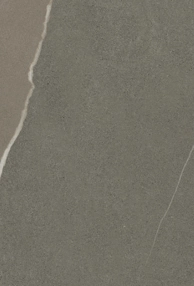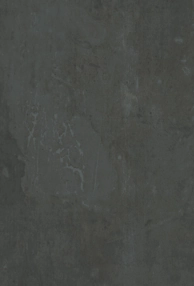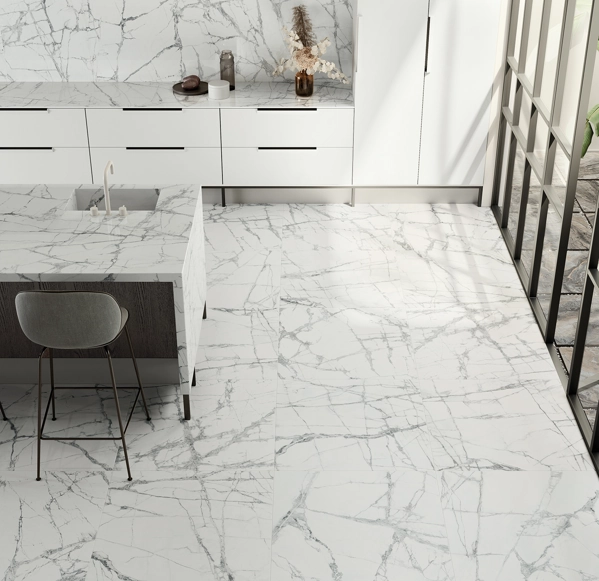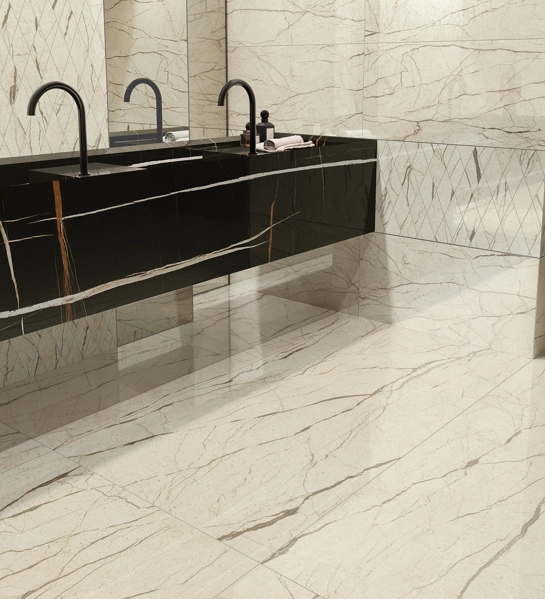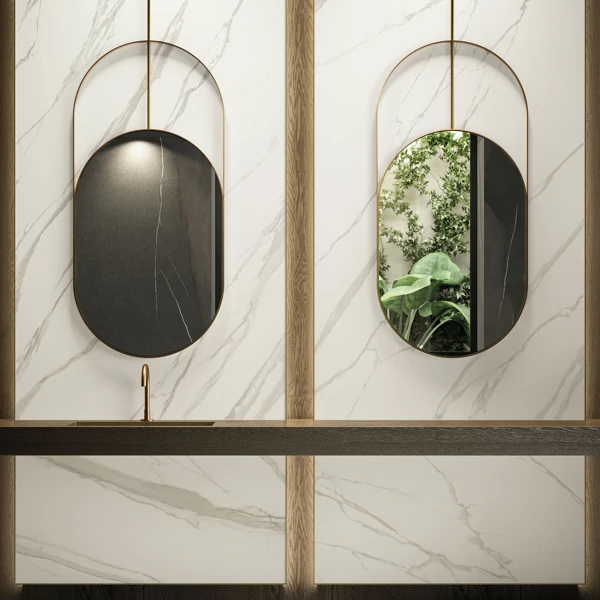Grandi Lastre
MAXI SIZE 120х278
Maxi-size porcelain stoneware is one of the hottest trends in interior and exterior design. Already available in the Italon range, they are entering the forefront of modern architecture. Such porcelain stoneware is getting more and more popular in the interior of kitchens, bathrooms, bedrooms or living rooms.
The maxi-size, 120x278, increases the possibilities of using porcelain stoneware. It allows you to embody the most daring and non-standard design solutions. The 6mm thickness is ideal for wall-mounting, great for furniture and door facing, works on tabletops and bar countertops. Also, porcelain stoneware in the 120x278 size is excellent for facades. Maxi-size slabs of porcelain stoneware are the most realistic and detailed when it comes to reproducing graphics of a variety of materials such as marble, stone or concrete. And the high technical characteristics of porcelain stoneware guarantee the most durable and safe surfaces.
Please note that the specifics of working with the maxi-size 120x278 should be discussed at the stage of the design project. Important details that affect the installation quality must be taken into account. For example, the availability of the necessary space for maneuvering and tile treatment, the necessary tools for proper transfer and storage. And it is also very important to hire highly qualified professionals who are experienced enough to work with this size.
PACKAGING AND TRANSPORTATION
MECHANICAL PROCESSING
CUTS AND TREATMENT
BASE AND ADHESIVE MATERIALS
INSTALLATION OF SLABS
APPLICATION OF EPOXY GROUT
A Full Range of Maxi Size Tiles
Italon currently offers a maxi-size 120x278, 6mm thick, in 13 colors. 10 of them are marble effect tiles in glossy Lux finish, and the remaining three shades are concrete effect porcelain tiles in matt finish.


